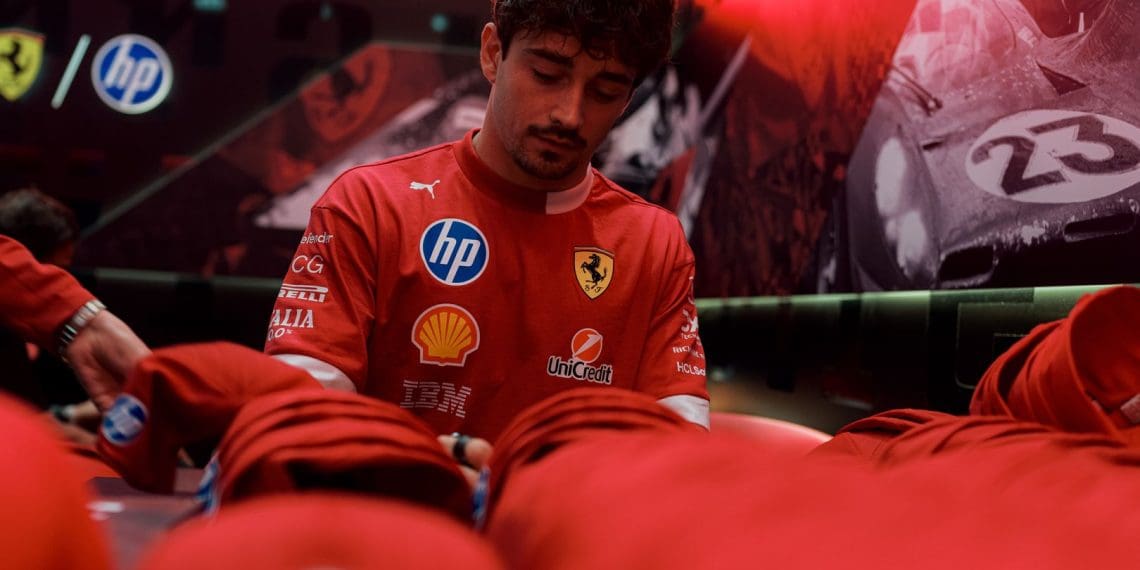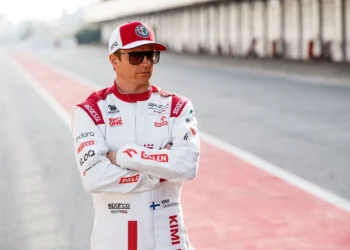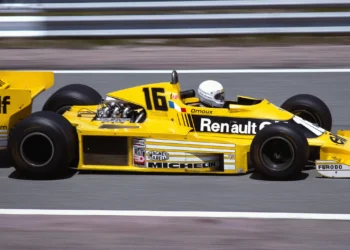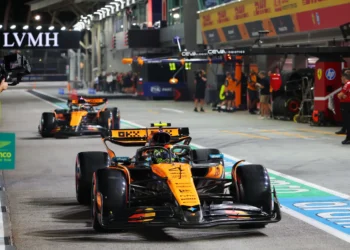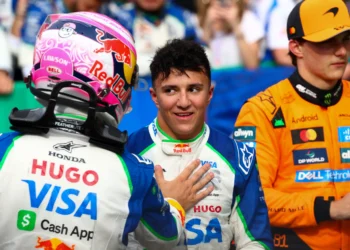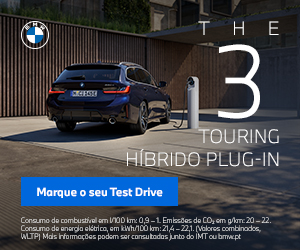The battle between Ferrari’s Charles Leclerc and Mercedes’ Lewis Hamilton is heating up in the world of Formula 1, and the latest analysis by racing expert Alex Brundle has uncovered a crucial factor behind Leclerc’s recent victories. In a recent episode of the F1 Nation podcast, Brundle dived into telemetry data highlighting Leclerc’s exceptional braking technique that sets him apart from Hamilton on the track.
Brundle pointed out that while Leclerc excels at braking smoothly and precisely, Hamilton opts for a high-speed entry into corners before applying more pressure on the brake pedal. This difference in driving styles seems to be making the Ferrari SF-25 more agile and responsive compared to Hamilton’s Mercedes.
Analyzing Hamilton’s data closely, Brundle emphasized the need for the seven-time world champion to adapt his braking technique to match the demands of the SF-25. With Leclerc outperforming Hamilton in recent races, the pressure is on the British driver to make significant changes to his approach if he wants to stay competitive.
The ongoing struggle for Hamilton was evident during the Grand Prix in Saudi Arabia, where Leclerc once again outshone him. Hamilton even went as far as likening the necessary adjustments to a “brain transplant,” underscoring the magnitude of the challenge he is facing in the current season.
As Brundle highlighted the nuances of Leclerc and Hamilton’s driving styles, fans are left wondering whether Hamilton can indeed overhaul his lifelong approach to driving and adapt to the unique demands of the SF-25. The upcoming races will reveal whether Hamilton can rise to the occasion or if Leclerc will continue to dominate the track with his meticulous braking technique and strategic driving.
With the championship race intensifying, all eyes are on Hamilton as he navigates a crucial period in his career. Will he be able to make the necessary adjustments and reclaim his position at the top, or is Leclerc set to reign supreme in the world of Formula 1? Only time will tell as the rivalry between these two drivers reaches new heights on the track.

